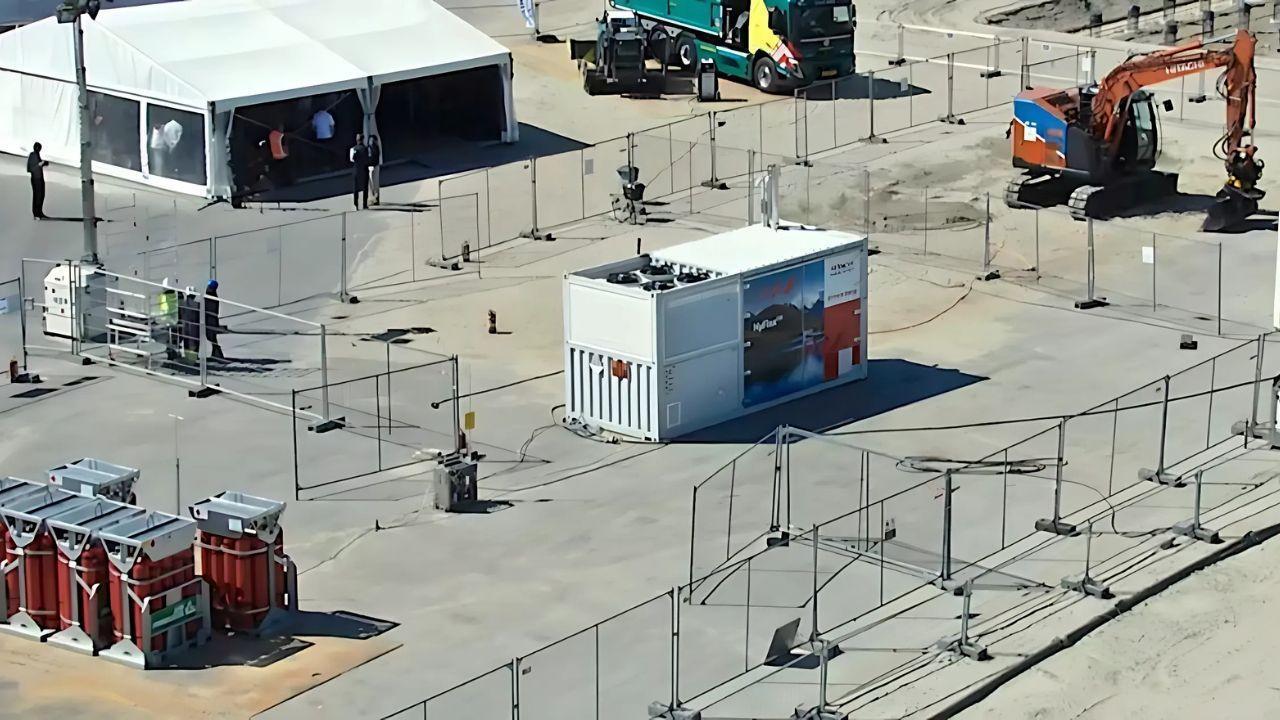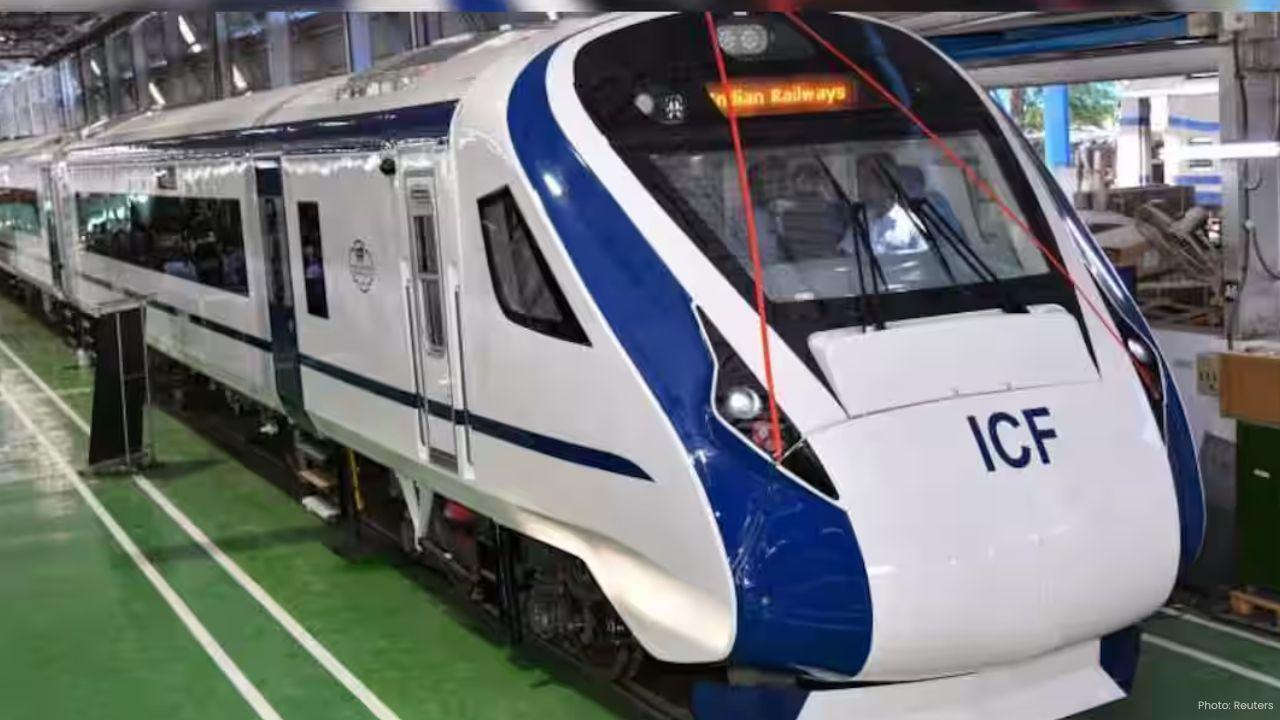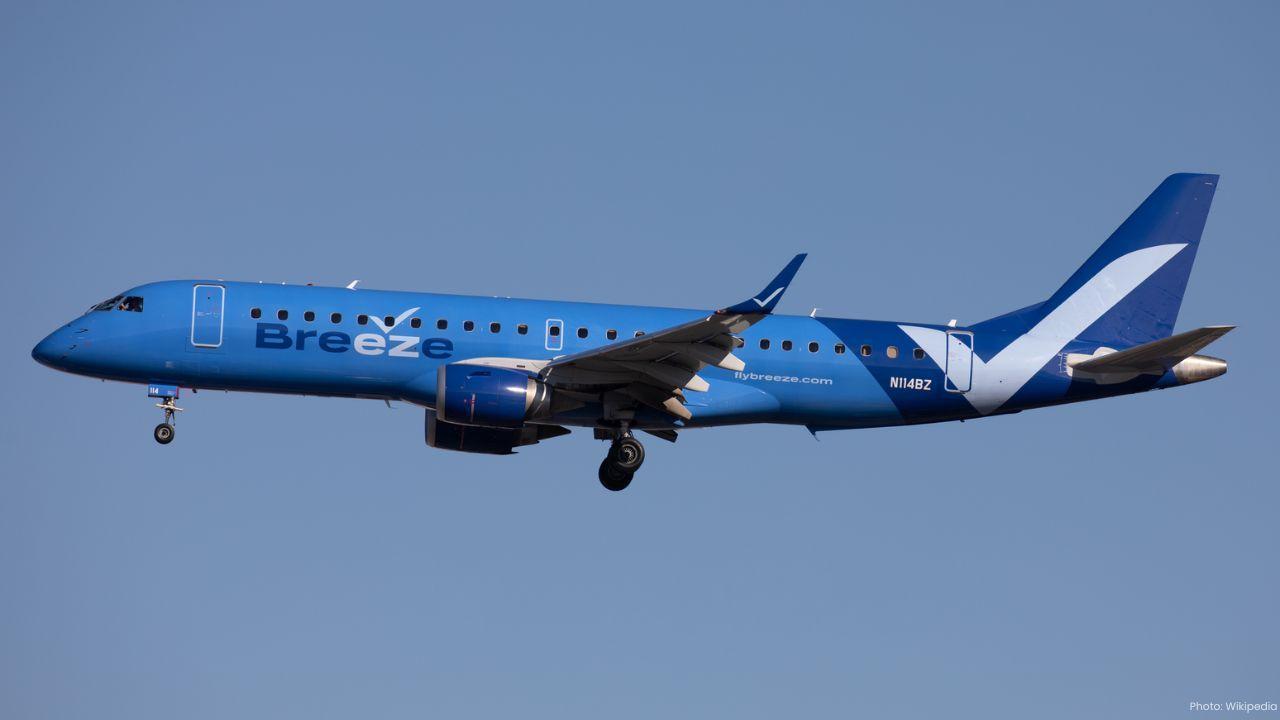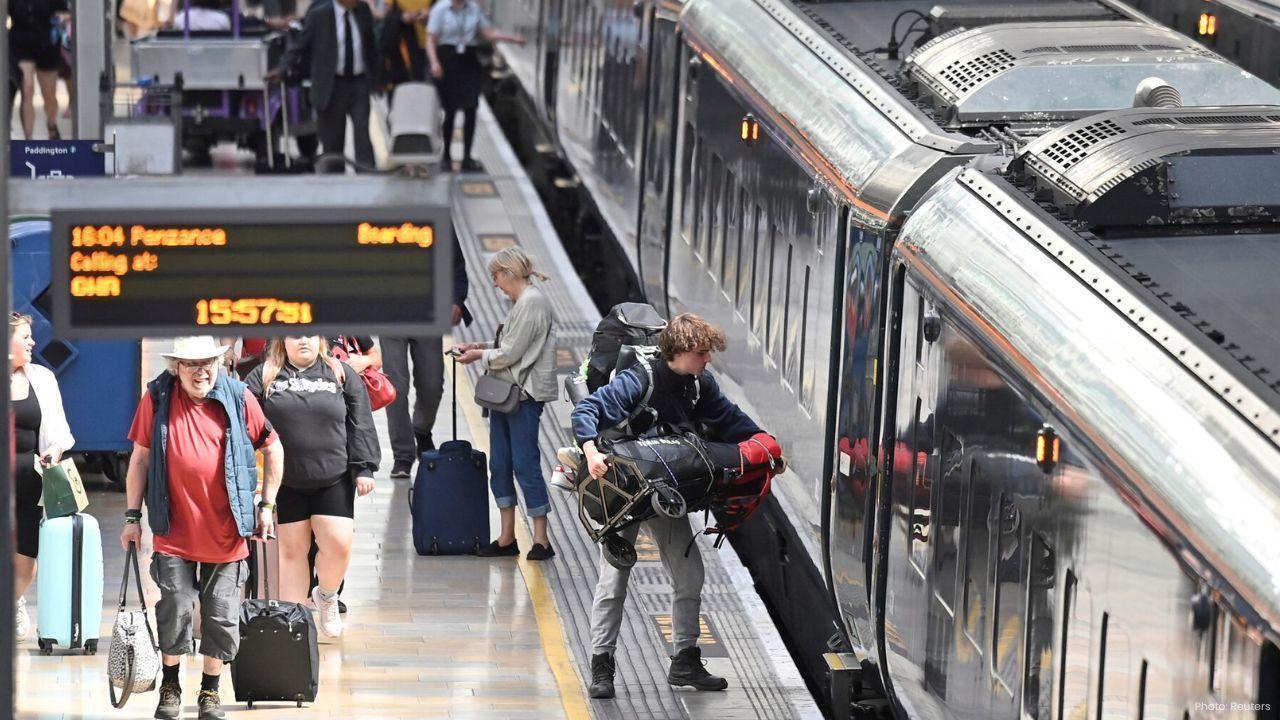
Post by : Avinab Raana
Photo : X / Reason Foundation
Hidden Potential in U.S. Airports
U.S. airports are often seen simply as transit hubs, but beneath the tarmac and terminals lies a vast, untapped financial resource. Recent studies estimate that America’s major airports collectively hold over $130 billion in hidden value. For cities and municipalities operating these facilities, this is more than a number—it’s an opportunity that could redefine local economies. Yet, federal restrictions and bureaucratic oversight have kept much of this wealth inaccessible, leaving communities to wonder whether these public assets could be leveraged more effectively.
Federal Barriers and Financial Constraints
The primary reason this immense value remains dormant is federal regulation. Agencies such as the Federal Aviation Administration (FAA) and the Transportation Security Administration (TSA) impose strict limitations on how airports can use their revenues. Funds from parking fees, retail concessions, landing fees, and other revenue streams must generally be reinvested into airport operations, rather than being redirected toward local infrastructure, schools, or pension obligations. This rigid framework, while ensuring aviation safety and operational efficiency, has inadvertently constrained cities from tapping into the full potential of their airport assets.
The Privatization Proposition
Privatization emerges as a compelling solution. By transferring airport ownership—or granting long-term management rights—to private entities, municipalities could unlock substantial financial resources. This could take the form of upfront sale proceeds or recurring revenue from lease arrangements. Cities burdened by budget deficits or infrastructure gaps might then deploy these funds for projects ranging from roads and schools to healthcare facilities and local business incentives. In essence, privatization offers a path to transform static public assets into dynamic engines of economic growth.
Lessons from Global Precedents
International experiences offer strong evidence of privatization’s potential. Countries including the United Kingdom, Australia, and France have leveraged private investment to modernize airports while boosting operational efficiency. A National Bureau of Economic Research study encompassing 2,444 airports across 217 nations found that privatized facilities consistently outperformed public counterparts in key metrics:
These gains were most pronounced when privatization involved long-term leases combined with private equity ownership, underscoring the importance of carefully structured agreements.
Economic Implications for Cities
The economic case for U.S. airport privatization extends beyond direct revenue. Cities receiving upfront payments or lease fees could invest in local infrastructure, generate employment, and enhance public services. Enhanced airport efficiency could also attract airlines, increase passenger throughput, and stimulate regional tourism. Essentially, privatized airports could become financial hubs, supporting broader economic ecosystems rather than simply serving as transit points.
Challenges to Privatization
Despite these advantages, the path to privatization is not without obstacles. The U.S. has no consistent federal policy framework for large-scale airport privatization. While the Airport Privatization Pilot Program (APPP) exists, its adoption has been limited. To date, only San Juan International Airport has successfully completed a privatization initiative under this program. Public opposition, concerns about fare hikes, security implications, and skepticism over foreign investment have all contributed to a cautious approach toward privatization.
Structuring Privatization Deals
Experts emphasize that structuring deals carefully is critical to success. Long-term lease agreements, coupled with robust regulatory oversight, can balance public interest with private efficiency. Contracts may include clauses ensuring affordable passenger fees, infrastructure maintenance standards, and transparency in revenue allocation. Private partners often bring innovation, operational expertise, and capital investment, but maintaining public accountability is paramount. Without a careful framework, privatization could exacerbate inequality or compromise airport accessibility.
Security and Operational Concerns
Security remains a core concern in privatization discussions. Airports handle critical infrastructure, including passenger safety, baggage screening, and national security operations. Federal oversight, particularly by TSA and FAA, ensures that operational standards are met consistently. Private management must comply with these stringent requirements, and any deviation could jeopardize safety or invite political scrutiny. Balancing efficiency gains with uncompromised security is essential to sustaining public trust.
Infrastructure Modernization
Privatization could accelerate infrastructure modernization. U.S. airports face increasing pressure to accommodate growing passenger volumes, incorporate sustainable technologies, and integrate digital systems for operations and customer experience. Private capital infusion may support terminal upgrades, new runways, advanced baggage handling, and eco-friendly initiatives. By leveraging private investment, airports could bypass municipal budget limitations and meet modern aviation demands more rapidly.
Innovation and Technology Adoption
Privatized airports often demonstrate faster adoption of technological innovations. Automated check-in systems, AI-powered predictive maintenance, smart sensors for monitoring structural integrity, and advanced security analytics have been implemented more readily in private or semi-private airports globally. By allowing flexible, profit-driven decision-making, privatization encourages experimentation and faster scaling of solutions that improve passenger experience and operational efficiency.
Impact on Airlines and Passengers
Critics argue that privatization could increase costs for airlines and passengers. While long-term efficiency and modernization benefits are evident, short-term fee hikes or renegotiated contracts could translate into higher airfare or service charges. Ensuring that agreements protect consumer interests is essential. Transparent pricing mechanisms, regulatory oversight, and contractual safeguards are necessary to maintain affordability while unlocking economic potential.
Public Perception and Political Hurdles
Public perception remains a major factor in the debate. Airports are often seen as symbols of community pride and connectivity. Privatization discussions may trigger concerns over foreign ownership, accessibility, and prioritization of profit over public service. Politicians and community leaders must engage stakeholders carefully, emphasizing transparency, potential economic benefits, and protections against fare exploitation. Strategic communication can mitigate fears and garner support for reform.
Lessons from San Juan International Airport
San Juan International Airport provides a case study in U.S. privatization. Under the APPP framework, the airport entered a long-term lease with private operators, resulting in infrastructure upgrades, increased passenger traffic, and improved retail revenue. Local governments received financial compensation, which was reinvested in public projects. While not without criticism, the experience highlights the feasibility of privatization when structured with clear objectives and regulatory safeguards.
Environmental and Sustainability Considerations
Airport privatization also intersects with sustainability goals. Private operators may invest in energy-efficient terminals, renewable energy projects, and eco-friendly transport links. By incentivizing sustainable practices, privatization could support national and global climate objectives while enhancing operational efficiency. Incorporating sustainability clauses into lease agreements ensures environmental benefits are not sidelined in pursuit of profit.
Future Prospects
The U.S. stands at a crossroads. Airports collectively represent an enormous financial asset, yet current restrictions leave much of their value dormant. Privatization, if implemented thoughtfully, offers a mechanism to unlock $130 billion in hidden value, modernize infrastructure, stimulate local economies, and enhance passenger experience. Policymakers, aviation authorities, and municipalities must collaborate to create clear regulatory frameworks that balance public accountability with private sector efficiency.
Unlocking Economic Engines
Airport privatization is not just a financial strategy—it is a vision for the future of U.S. aviation. By harnessing private investment and operational expertise, cities can transform airports into dynamic economic engines. While challenges exist, the potential rewards—modern infrastructure, enhanced efficiency, and billions in economic stimulus—make a compelling case. As the aviation landscape evolves, unlocking the hidden value of America’s airports could redefine how communities, travelers, and airlines thrive together.
Airport Privatization, U.S. Airports, Aviation Infrastructure










Vande Bharat Passenger’s Spitting Incident Sparks Nationwide Debate
A passenger spitting on the Vande Bharat Express floor sparks online debate on civic sense cleanline

OnTrac Introduces Ground Essentials Service for Affordable and Reliable Shipping
OnTrac launches Ground Essentials a new service offering cost-effective parcel delivery with up to 3

Breeze Airways Earns Five-Star Status as North America's Top Airline
Breeze Airways achieves a five-star rating marking it as North America's leading major airline for 2

Royal Enfield Cuts Prices on 350cc Bikes After GST Rate Reduction
Royal Enfield reduces prices on 350cc motorcycles from September 22, 2025, following GST rate cuts,

Viva ACP Boosts Bus Safety with Strong Lightweight Aluminium Panels
Viva ACP’s panels make buses safer lighter and stronger—saving energy and protecting passengers with

Steelpaint’s Stelcatec Coating Gets UK Rail Approval
Steelpaint’s Stelcatec coating approved by UK Network Rail for durable, fast, and effective protecti